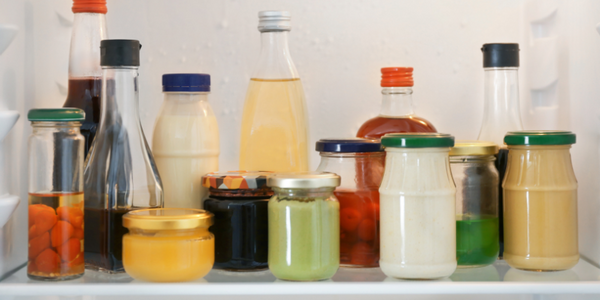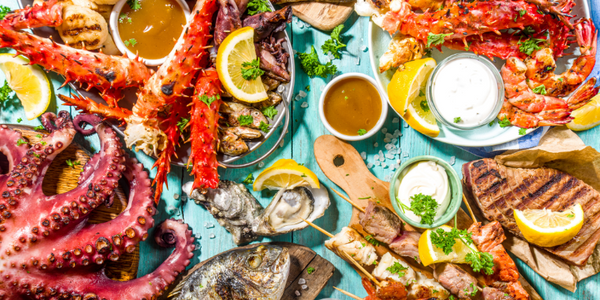Posted on June 18 2021

Cast iron cookware can last for generations. It's been around for about 2,500 years and is still in use, so it must offer some benefits. Although buying it new can be expensive, you can often find it for very low prices in resale shops and at garage sales. Maintaining cast iron cookware isn't difficult, and cooking with it can even have health benefits.
Why use cast iron?
You can cook most anything with cast iron cookware. Look through your freezer for your vacuum sealed foods to see what you can find. You can stir-fry, bake biscuits and breads, sear a great steak, steam vegetables, and more. There are no wooden or plastic parts, so cast iron cookware can go from the stove top to the oven. There's nothing to crack, melt, or warp. You can even take your cast iron camping and place it directly on the campfire if you want. It's fairly low-maintenance and, If you take care of it, can last forever.
Well-maintained cast iron distributes heat evenly. There aren't any hot or cold spots. It also retains heat longer and allows you to cook at lower temperatures. No matter what utensils you use, the surface doesn't scratch and never wears out.
Potential health benefits
Some of the iron from cast iron cookware ends up in the food cooked with it. Newer pieces that aren't as well-seasoned can leach more iron into food than older pieces do. For those diagnosed with hemochromatosis, a condition that causes their bodies to absorb and retain too much iron, this can have negative consequences. They should avoid cooking with cast iron. For nearly everyone else, especially those with an iron deficiency, the iron added to their diet by this cookware actually has a positive health effect.
Keeping it clean
Cleanup is easy with cast iron. You may not even need soap. Remember, you're dealing with a seasoned piece of cookware and you want to maintain that seasoning. Think of it as you would your outdoor grill. You probably don't wash that with soap after every use.
While your cookware is still warm, wipe it clean with a paper towel. Rinse it with hot water while scrubbing with a non-metallic brush or a plastic scrubber that isn't abrasive. If it doesn't come away clean, it's time to add a little soap. Never let cast iron soak in water--you'll rust it.
Don't allow your cast iron to air dry. Always dry it with a paper towel or cloth. Just to make sure it's completely dry, put it on a burner at low to medium heat for a few minutes after wiping it. If some rust appears later, which it sometimes will, warm the piece up a little and add a small amount of vegetable oil. Spread the oil around with a paper towel to coat the cooking surface thoroughly. Continue wiping until there is no excess oil. This will remove the rust and ensure no new rust develops, at least for a while.
Seasoning your cast iron
New cast iron cookware has been seasoned at the factory. This seasoning will improve over time, so long as the piece is properly maintained. As seasoning improves, so do the cookware's non-stick properties. A well-seasoned piece will develop a smooth, shiny cooking surface and be almost as non-stick as more high-tech cookware. This is because, when cast iron is heated to the point that it begins to smoke, the oils and/or fats permeate the iron's pores, oxidize, and create a layer with a slick appearance that can be compared to that of Teflon. That layer builds up over time with continued use and proper maintenance. The more developed the layer, the less oil required to prevent food from sticking and the shinier the surface.
If you buy a used piece that's been neglected or you allow one of yours to get a bit rusty, you can actually restore it fairly easily and get the seasoning process restarted. Put it on a medium-hot burner and let it get hot. With tongs, dip a paper towel into some vegetable oil, then use it to spread the oil across the piece's entire cooking surface. There will be smoke. Turn off the heat and allow the piece to cool for a few minutes. Heat it up again and repeat the process twice more. Once you've oiled and smoked the cookware three times, it should be seasoned well enough for use.





0 comments